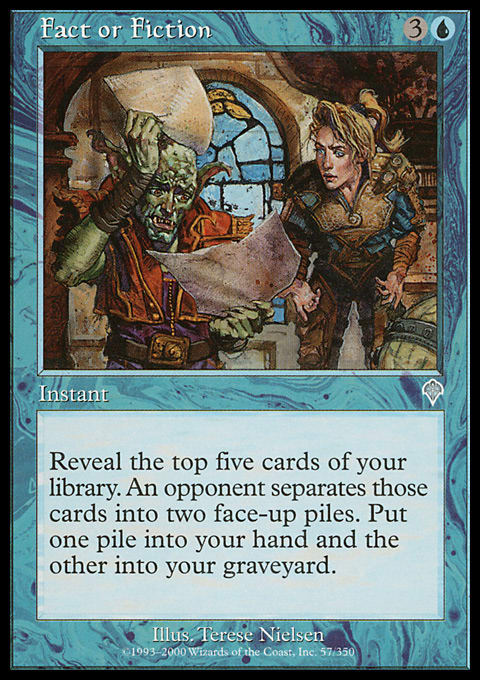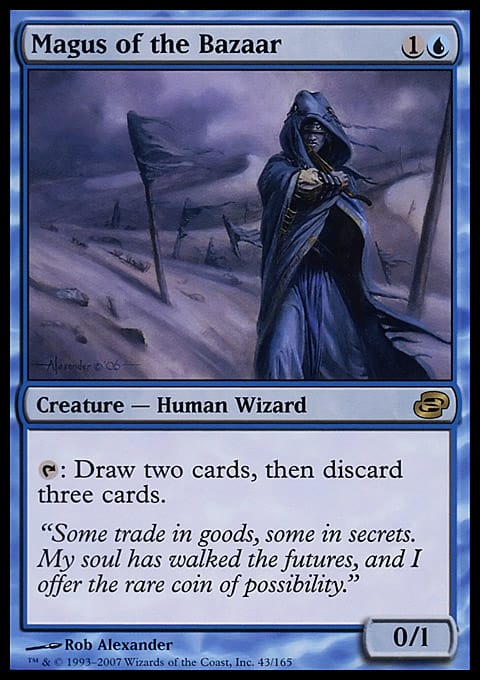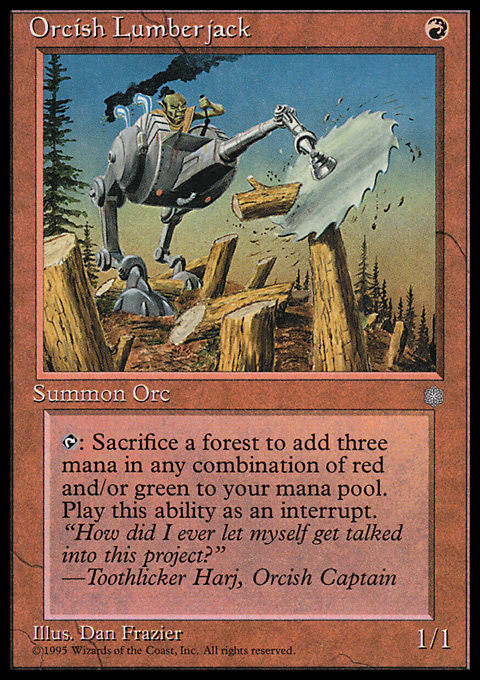Last I left you, we were smack-dab in the middle of Corbin, Kentucky, haven for all things exciting on this earth. After we concluded the driving portion of the trip, it was time to get down to business, and let me tell you: There was a lot to get through. This week, I want to talk about the sorting portion of shop crawling and how much work goes into this part of the process before you can ever see a dime of the money back you just spent.
Picking
The first part of the sorting process is picking, which involves countless hours of mind-numbing work sorting through tens of thousands of cards a day to pull out anything actually worth selling better than bulk. On this trip, we had about forty-five five-slot boxes to go through and some miscellaneous boxes to bring the total card count to somewhere in the realm of four hundred and fifty thousand.
Now to anyone who hasn’t had the divine experience that comes with such a task, let’s imagine for a moment you have a living room. Now imagine that living room is filled with boxes and you have only four days to get through all of them. That means you need to be going through about one hundred ten thousand cards in a day—or in comparison: a little over two hundred booster-boxes worth.
The first day went very smoothly, and we managed to make it through the expected amount while at the same time readying the bulk to be sold to Troll and Toad right across the street. All was looking to be on schedule until an unfortunate event left my partner in a tight spot. A family emergency left him with a choice: either leave me to do the rest of the work and deal with his emergency or else skip out on something he was sure to regret later.
He eventually decided he needed to go, and with a few words, his apartment keys, and an utter lack of knowledge about the town I was in, he was gone. This now meant I was looking at around three hundred thousand cards that not only had to be picked still but also sorted and buy-listed—not a task I was looking forward to.
I will skip the boring part of this story that involved a great amount of caffeine and a small amount of sleep and just say that I managed to not only have time to pick through the remaining cards, but I was even able to get a good amount of it buy-listed. Before I skip ahead, though, it is important to understand what exactly needs to be done once you have managed to separate the bulk from the good stuff.
Semi-Sorted
The first step is to unload the bulk as soon as you can. In our case, this was easy, as we had an outlet directly across the street, but in many cases, it is good to know someone in your local area who has a good outlet—whether it is a retail location or eBay—and sell it to that person. Though there is money to be made in the bulk market, I have neither the time nor patience to waste away days packing up boxes and listing them on eBay, so I choose to lose some of the profit to conserve my time for the more cost-efficient part of shop crawling.
Once you have managed to sell the bulk, you now have a much greater space to work with, which is extremely useful for the next part of the process.
Once you are left with nothing but the good stuff, it is time to get down and start sorting. Unfortunately, I was not able to get this far, as I ran out of time, so my partner had to do it when he got back, but it is still important to cover. The main thing to remember is that although you may be seemingly wasting time now, it will make the process so much simpler later on down the road that you are likely to save at least triple the amount of time you are spending now.
First, sort cards just by set—even if you can’t get any more than this done, it will save you so much time that it’s insane. If you decide you want to go the distance, you then want to go back through each set individually and sort them by color and card, then alphabetize the set so you can easily find whatever it is you are seeking when it comes time to sell.
If you are really feeling ambitious and you have a lot of each card—such as in our case, where we had at least a hundred of each common and uncommon—it is helpful to write down a quantity so that when you are looking to liquidate, you already have the information. This will save you from having to lug the boxes around, and instead, you can give whomever you are selling to a clear idea of exactly what you have.
The nice part about the bulk we picked up was that it was already sorted by set—and in a lot of cases, also by color—so we had a good portion of this already taken care of. If this part is not done for you, it is still something I would strongly consider, as you will regret it in the next step of the process if you don’t.
Buy-Listing
The final step of this grueling process is buy-listing the cards you have slaved over for countless hours. If you have everything sorted and organized, this process can be reduced to mere hours, but if you skipped that step, it can take days to manually look up each card.
It is far easier to look by set and find the site that is paying the most on each card before pulling the cards than it is to manually type each card into each site before creating piles. Either way, the key to this is diversity; use multiple sites as outlets because even though a particular site may be weak on certain sets or rarities, it may have other cards higher than other places if they are out of stock.
Once you have organized a list of what is being sold to where and you’ve placed the sales, you can then go through each of the sorted boxes and pull the cards and quantities desired. From here, it is as simple as packaging the cards and making a trip to the post office—or in our case, across the street. We still have almost all of the commons and uncommons that are better than bulk because I was not able to get to this point before I left, but we plan to out them this weekend at the Grand Prix where we will see the vendors in person.
Review
Now, this may sound like a grueling process, but let’s break down the amount of money we stand to make at the end of the whole deal. Assuming we get the number we are looking for on what we have left, we should be looking to make a little over five thousand dollars. If you take away the total cost of the trip, we are looking at a net of around twenty five hundred, meaning we each made about twelve hundred for the week.
Now, if we break it down by hour and estimate that we worked a total of eighty hours each, that comes out to $15 an hour. These estimates are all high since any time you are looking to evaluate how much you made, you should always underestimate. Realistically, we made closer to $20 an hour with no taxes, which are fairly respectable wages for sorting through some cards and traveling for a few days.
Anyone who is looking to do this should be warned, though, that you should expect to work hard, and although the pay is reasonable, it is a lot of hard work, and if you are not good at picking or sorting, you will probably spend far more time for the same amount of money.
In the end, the trip turned out to be a relative success considering the problems we had. Given the same circumstances without the other person needing to leave, this trip could have been far more successful, but sometimes, life throws us curveballs we can neither expect nor prepare for, and this happened to unfortunately be one of those times.
As I write this article, I am in the middle of a second trip from Michigan to the Grand Prix this weekend in Minneapolis. Thus far, we have managed to secure some very strong deals, and we stand to make twice as much as the Kentucky trip yielded us. Persistence and motivation are keys to this business, and although you can make a very respectable amount of money trading, collections are truly where you should be looking.
Join me next week as I release my next article in the interview series with Carter Hatfield, an eBay seller who has made his living from buying collections to out online. I will be asking him a lot of the same questions I asked Medina a few weeks ago, and I’ll try to pick his brain to bring you the good stuff here on GatheringMagic.
Ryan Bushard





























